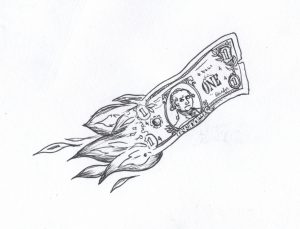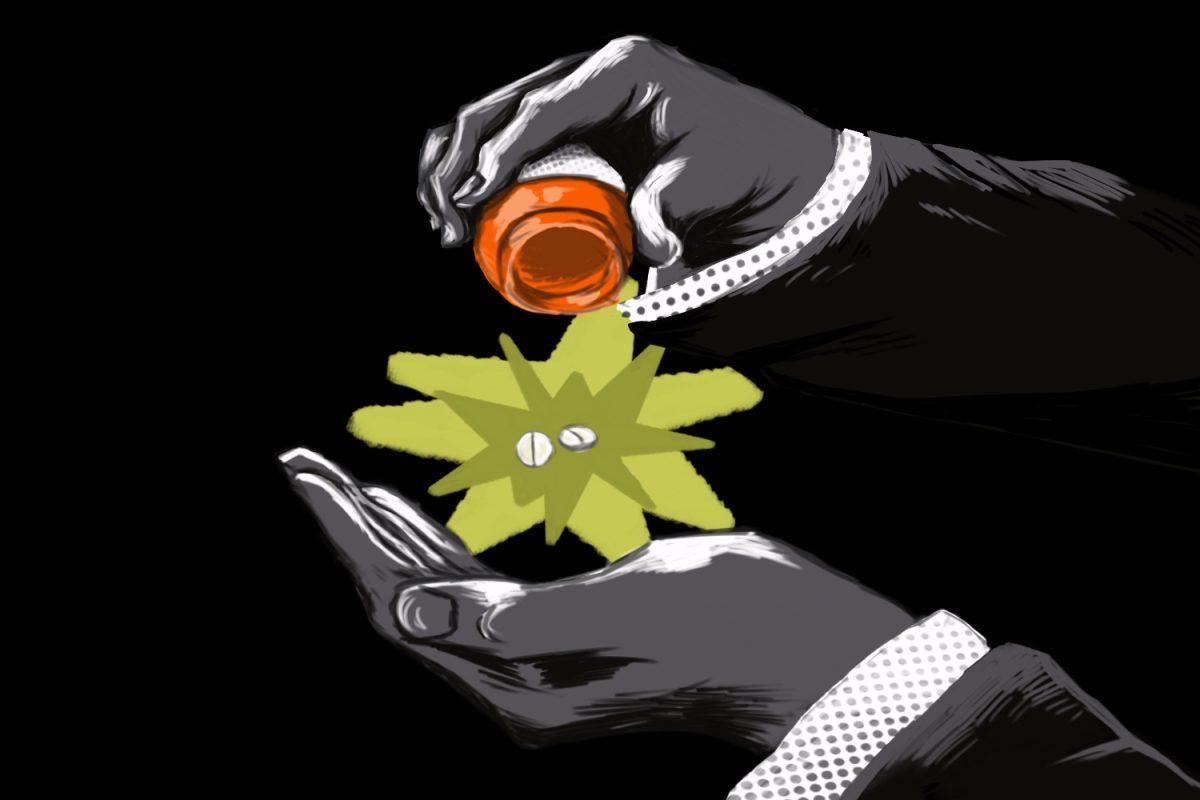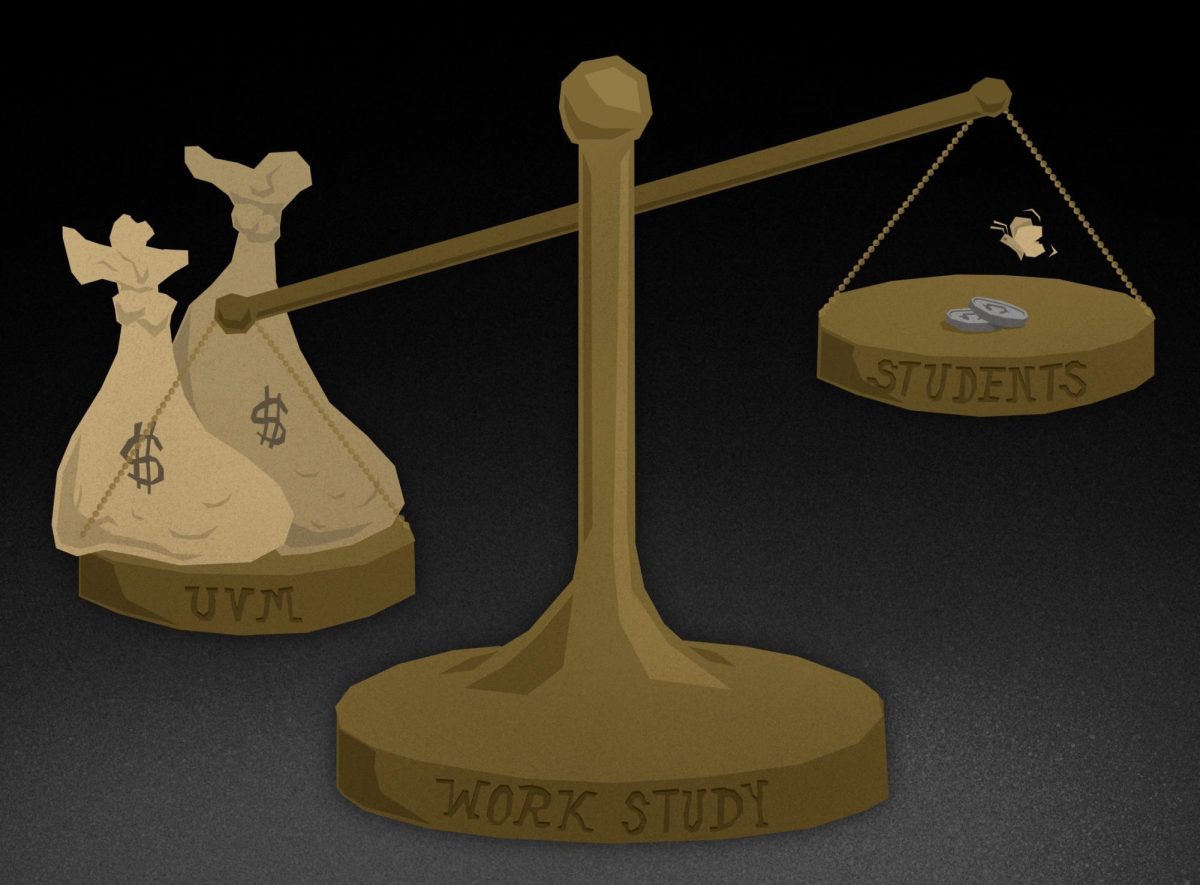[media-credit name=”ALYSSA HANDELMAN” align=”alignnone” width=”300″] [/media-credit]
[/media-credit]
There is a plethora of indicators to look at when gauging the strength of the economy. Where one economist might be running to the hills, another may be optimistic. But facts are facts: exports have slowed and so has industrial production.
Credit growth seems to be halting and the overall dull performance of commodities that has seen tanking oil prices has been followed by a dismal rise in auto sales, and by lower than expected sales at the pump.
There are disconnects everywhere, and there is a true disconnect between real economic activity and asset prices. The latter is rising and the former isn’t responding as expected. Domestic data follows the trend of inconsistency.
The economy has added jobs in large numbers – thanks Obama – but the fourth quarter of last year saw a slowdown in GDP growth. Business and household spending weakened even as incomes reportedly rose slightly.
Add all these road bumps to a Chinese economy that has been slowing down for two years and the road ahead doesn’t look too smooth. China’s economy has forked into production and retail.
The reading of China can, hence, be confusing.
On one hand, you have a booming retail sector that pushes western brands that are made in China to Chinese consumers. On the other hand, you have a manufacturing sector that has seen negative growth. The volatility of commodities does not bode well alongside the already huge credit bubble in China.
Our interests are so closely linked with China’s success that the soup we find ourselves in is bitter. More than ever, it is time to be cautious about China.
The dirty float system that China uses, where the People’s Bank of China sells the Yuan and buys the dollar in order to cap appreciation, makes its exports more globally competitive.
The Yuan is heavily undervalued, market analysts say. Even if China devalues its currency, prints money and buys assets in order to reinstill confidence, the global financial scenario is in turmoil.
The Federal Reserve currently remains uncertain about whether domestic economic growth would see a shock due to market turmoil.
Janet Yellen, chair of the Fed, doesn’t believe this turmoil will have lasting implications on monetary policy.
The Fed reports that it will not raise interest rates at these confusing times. The expectation is, however, that the interest rate rise will resume later this year.
The 10-year treasury note and the 30-year treasury bond remain the safest place to put your money.
If you have some greenback under your mattress, do the smart thing and lend it to the government – future you will be thankful.







